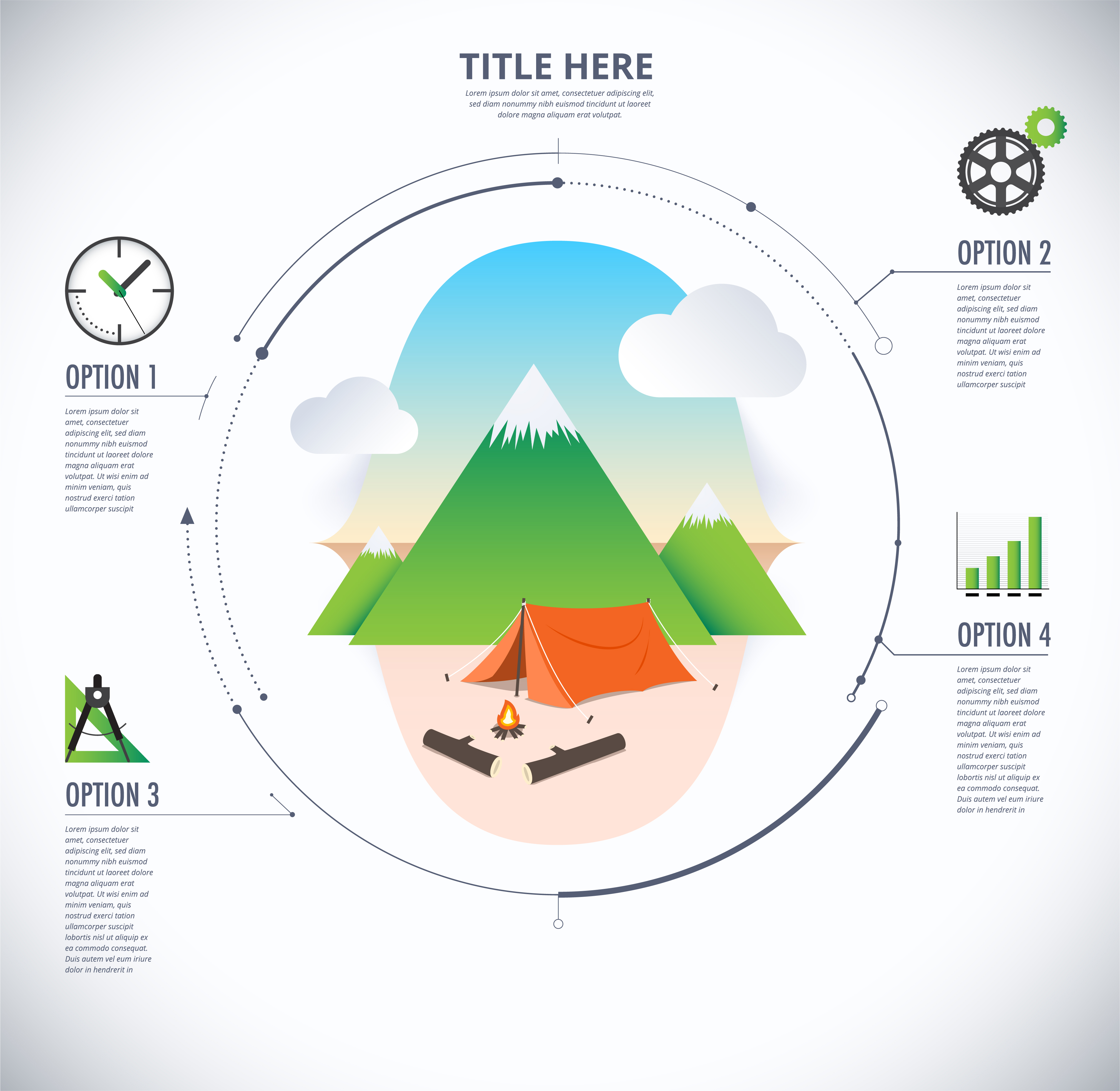Ways To Sell Online With These Tips Sell More Camping Tents
Ways To Sell Online With These Tips Sell More Camping Tents
Blog Article
Taking Pictures of the Evening Skies
A range of aspects can impact night skies digital photography. From climate condition to upcoming celestial events, you'll want to intend in advance to make sure success.
What is included in glamping?
The shutter speed you pick identifies whether celebrities appear as accurate pin-points or trail throughout the photo. A good general rule is to limit the exposure to 500 secs, or the matching of your lens's focal length.
Place
Among the most crucial consider a good photo is where you take it. Go for locations with very little light air pollution, and avoid locations that have intense city lights and high-rise buildings.
Likewise, try to find a place that uses foreground elements to produce make-ups with. As an example, dune patterns, wind-sculpted ridges and rough outcrops can all provide appealing foreground components to help tell the story of your evening skies photograph.
It is likewise practical to research astronomical events such as meteor showers and lunar eclipses to take advantage of possibilities for fantastic pictures. Making use of a device such as the Photographer's Ephemeris can be exceptionally valuable when intending your shoots. It helps you to identify moon stages, Galaxy placement and other huge events. Likewise, think about capturing in RAW layout as opposed to JPEG as this offers you more flexibility when processing the pictures. This is particularly real if you prepare to publish your images.
Electronic camera Setups
Obtaining the right camera settings is very important for any kind of picture, but especially so for night sky images. A wide-angle lens is best for recording more of the Milky Way and decreasing star tracks, in addition to a much longer shutter rate to quit the activity of celebrities and disclose their details.
For a maximum level of clarity, shoot in RAW format instead of JPEG, which allows you to preserve more data and provides flexibility during post-processing. This can also add to file size, so ensure you have plenty of storage space and extra memory cards on hand.
Establish your focus to hands-on focusing by flipping the AF/MF turn on your lens right into MF setting. You might require to take a couple of examination shots and examine the photo playback on your camera's LCD screen until you achieve perfect, identify hand-operated emphasis. It's an excellent concept to do this during the day with your selected lens and the place you will certainly be contending night, to confirm the accuracy of your focus setting.
Illumination
A good night skies image calls for the ideal problems. This includes a dark sky, but also an intriguing foreground component such as a hill imminent, a lake to show the stars, or a human element like a barn or shed. You can also utilize a headlamp to illuminate the foreground and add some drama or deepness to your picture.
The most important camera setups for evening sky digital photography are the aperture and shutter speed. The larger the high end tent aperture, the much more light that reaches the sensing unit. This permits you to catch bright celebrities in a reasonably brief amount of time.
The shutter speed determines whether your celebrities will be pin-point perfect or if they will look like celebrity tracks due to the Planet's turning. Be sure to take numerous lengthy exposure shots and pile them in post-processing for the best results. Last but not least, shoot in RAW setting to give on your own maximum latitude in post-processing.
Composition
The key to stunning star shots isn't a premium telescope, a new wide-angle lens or a top-of-the-line Canon or Nikon electronic camera. It's method, planning and make-up.
For starters, look your shoot area ahead of time to get a feel for the format and potential make-ups. Think about including foreground aspects such as rocks, a lake or alpenglow on the landscape to add personality and interest to your pictures.
Remember the Policy of Thirds when composing your pictures. This simple concept assists equilibrium and merge images. It's likewise useful for concentrating on points of interest in your picture, such as rock features or the Galaxy. Also, keep in mind to plan your shoots around moon phases-- capturing at a full moon can subdue stars and develop a silhouetted shape, while firing on nights with a new moon can assist you see constellations more clearly.
How long will a canvas tent last?
